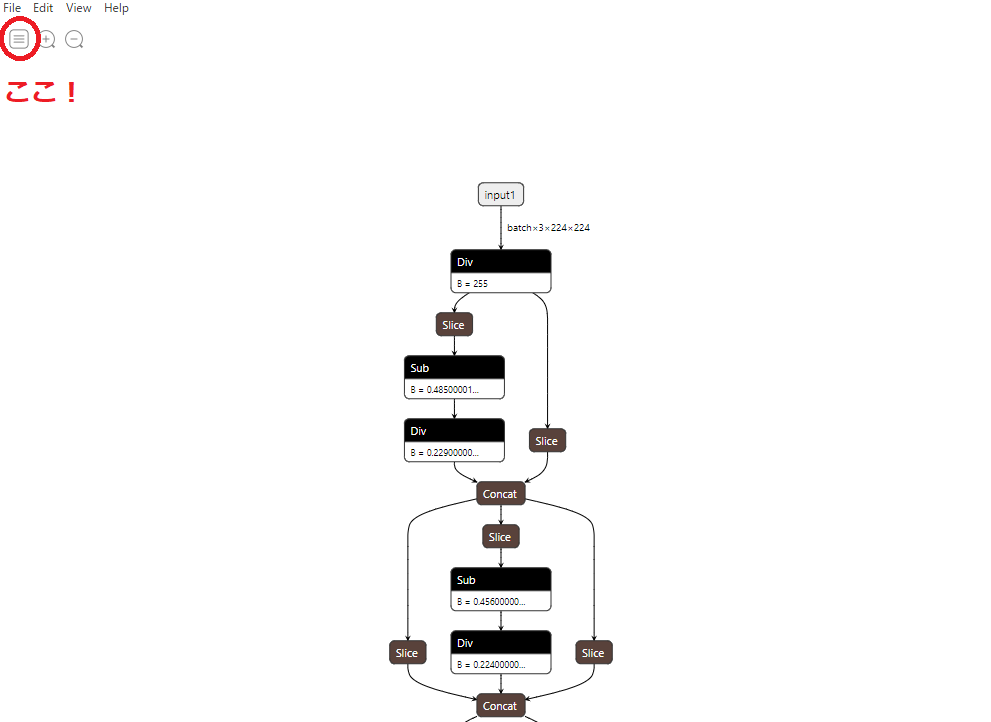自分用
画像Pathを指定するとデータ拡張してくれるコードと,
画像群フォルダのPathを指定するとValidとTrainの2つに分けてくれるコード.
下記を使うのが一般的かもしれないが........ albumentations.ai
from glob import glob import random import os import shutil #指定したデータセットPATHの中にTrainフォルダとValidフォルダを作り,VALID_Ratioで指定した量で分ける def Split_Train_Valid(DatasetFolderPath, filetype = ".png", VALID_RATIO = 0.2): """ Args: DatasetFolderPath (string): filetype (str, optional): 画像の型. Defaults to ".png". VALID_RATIO (float, optional): 検証用のデータ数割合. Defaults to 0.2. """ files = glob(os.path.join(DatasetFolderPath, "*" + filetype)) random.shuffle(files) VALID_DATA_NUM = int(len(files) * VALID_RATIO) #make dir Train_Dir = os.path.join(DatasetFolderPath, "Train") Valid_Dir = os.path.join(DatasetFolderPath, "Valid") if os.path.exists(Train_Dir)==False: os.mkdir(Train_Dir) if os.path.exists(Valid_Dir)==False: os.mkdir(Valid_Dir) #copy file for i, file in enumerate(files): if i<=VALID_DATA_NUM: shutil.copy2(file, Valid_Dir) else: shutil.copy2(file, Train_Dir)
#Writer : Yu Yamaoka #回転と鏡像で8倍水増し用のコード import cv2 def Augment_ByRotationMirror(ImageFilePath, filetype = ".png"): #every 90 degree rotation * mirror = 4 times * 2times = 8times(MAX) img = cv2.imread(ImageFilePath) width, height, _ = img.shape #Mirror mirror_img = cv2.flip(img, 1) cv2.imwrite(ImageFilePath.replace(filetype,"") + "_mirror" + filetype, mirror_img) #If width and height is NOT equal, can't do aug by 90 and 270 rot. img_180 = cv2.rotate(img, cv2.ROTATE_180) cv2.imwrite(ImageFilePath.replace(filetype,"")+"_180" + filetype, img_180) cv2.imwrite(ImageFilePath.replace(filetype,"") + "_180mirror.png", cv2.flip(img_180, 1)) if(width == height): img_90 = cv2.rotate(img, cv2.ROTATE_90_CLOCKWISE) cv2.imwrite(ImageFilePath.replace(filetype,"")+"_90" + filetype, img_90) cv2.imwrite(ImageFilePath.replace(filetype,"") + "_90mirror" + filetype, cv2.flip(img_90, 1)) img_270 = cv2.rotate(img, cv2.ROTATE_90_COUNTERCLOCKWISE) cv2.imwrite(ImageFilePath.replace(filetype,"")+"_270" + filetype, img_270) cv2.imwrite(ImageFilePath.replace(filetype,"") + "_270mirror" + filetype, cv2.flip(img_270, 1))














